Exploring Global Financial Management: Functions and Critiques
VerifiedAdded on 2023/06/11
|5
|801
|272
Essay
AI Summary
This essay provides an overview of global financial management, focusing on the roles, objectives, and criticisms of key international institutions such as the World Trade Organization (WTO), the International Monetary Fund (IMF), and the World Bank. It discusses global integration and international finance, highlighting the importance of currency exchange rates and the functions of the WTO in supervising trade rules. The essay also examines the IMF's role in promoting monetary cooperation and the World Bank's efforts to reduce poverty through loans for capital projects. Furthermore, it addresses criticisms of these organizations, including concerns about their impact on developing countries and the potential for anti-developmental policies. The document is available on Desklib, a platform offering study tools and resources for students.
1 out of 5
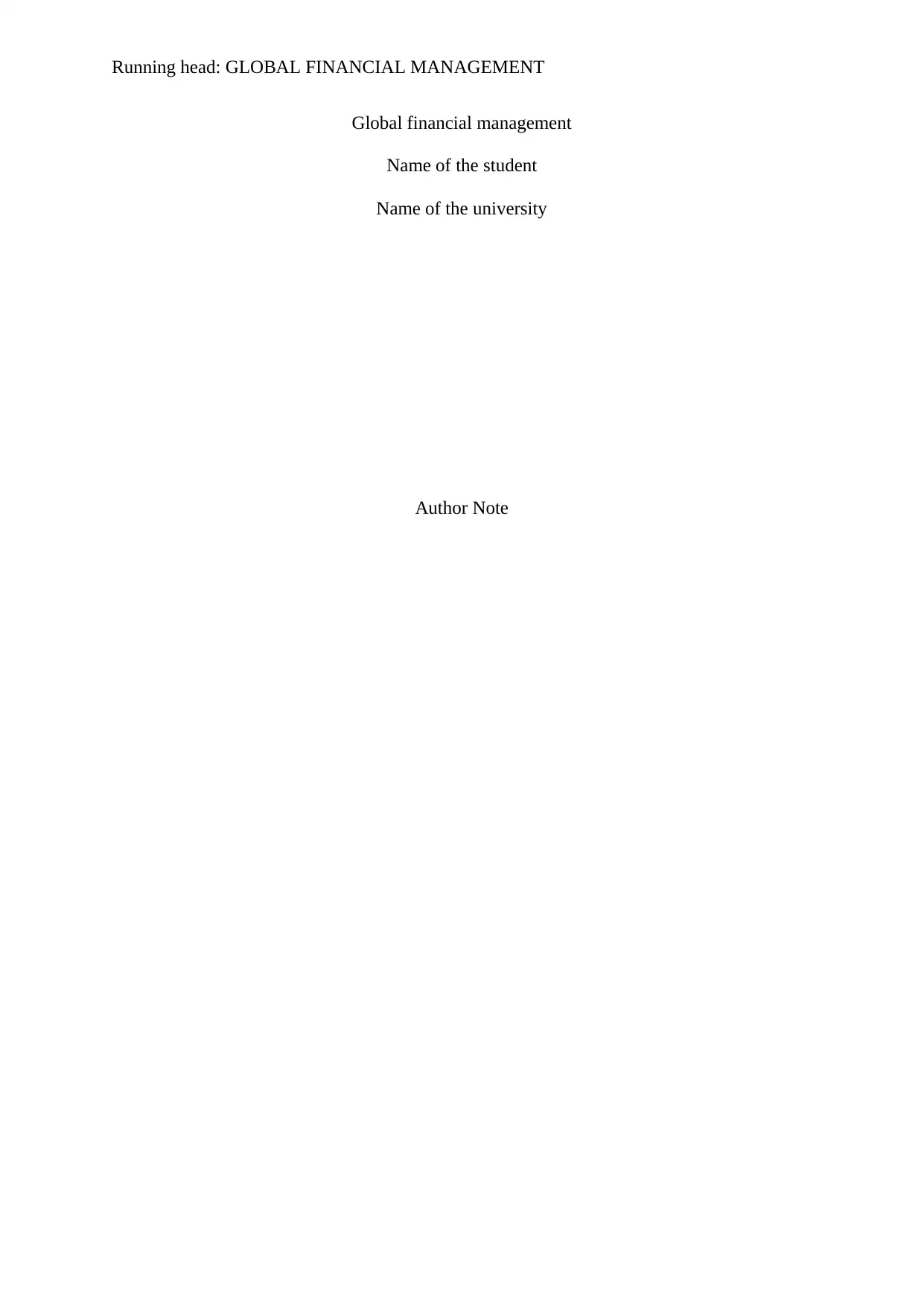
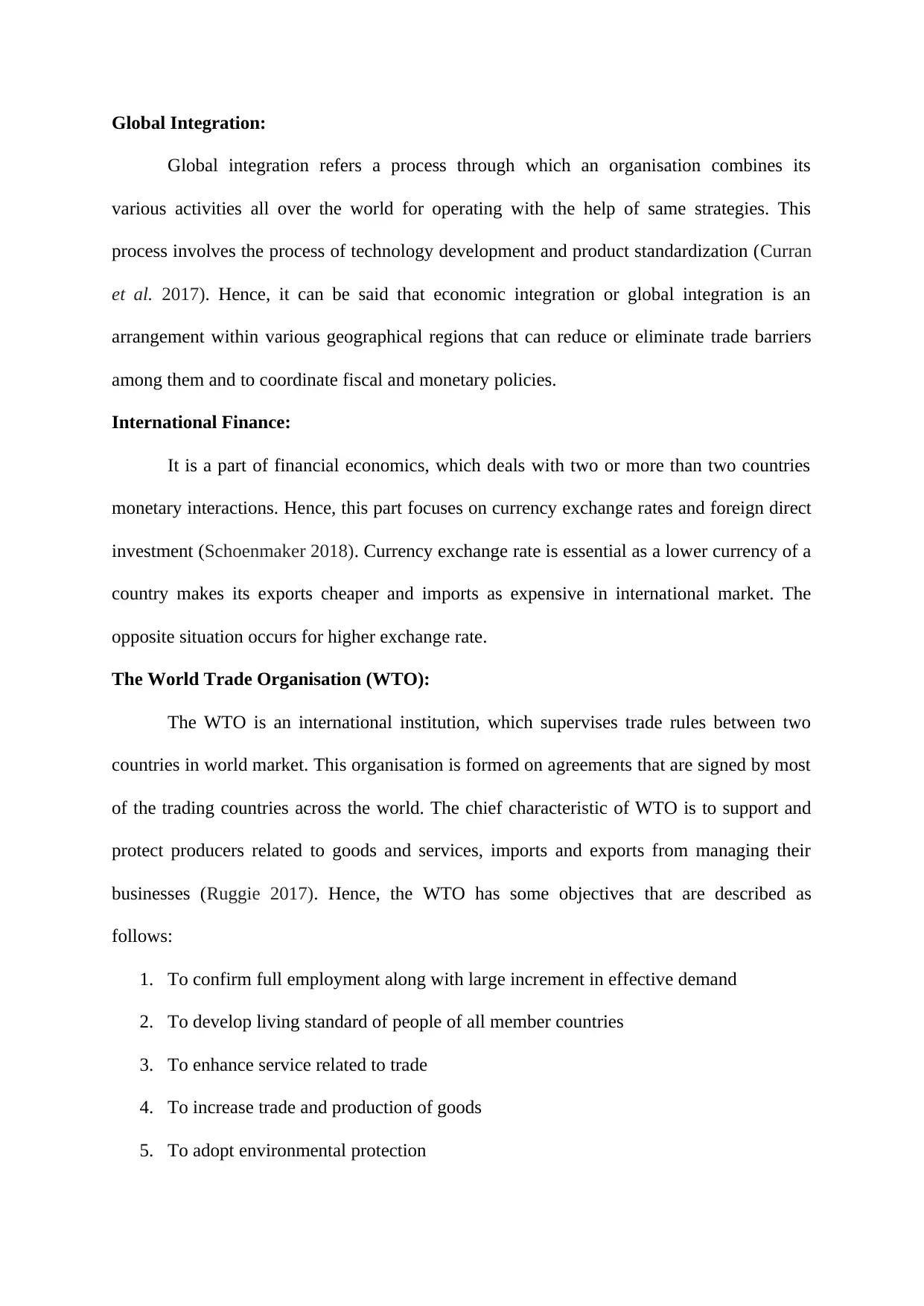
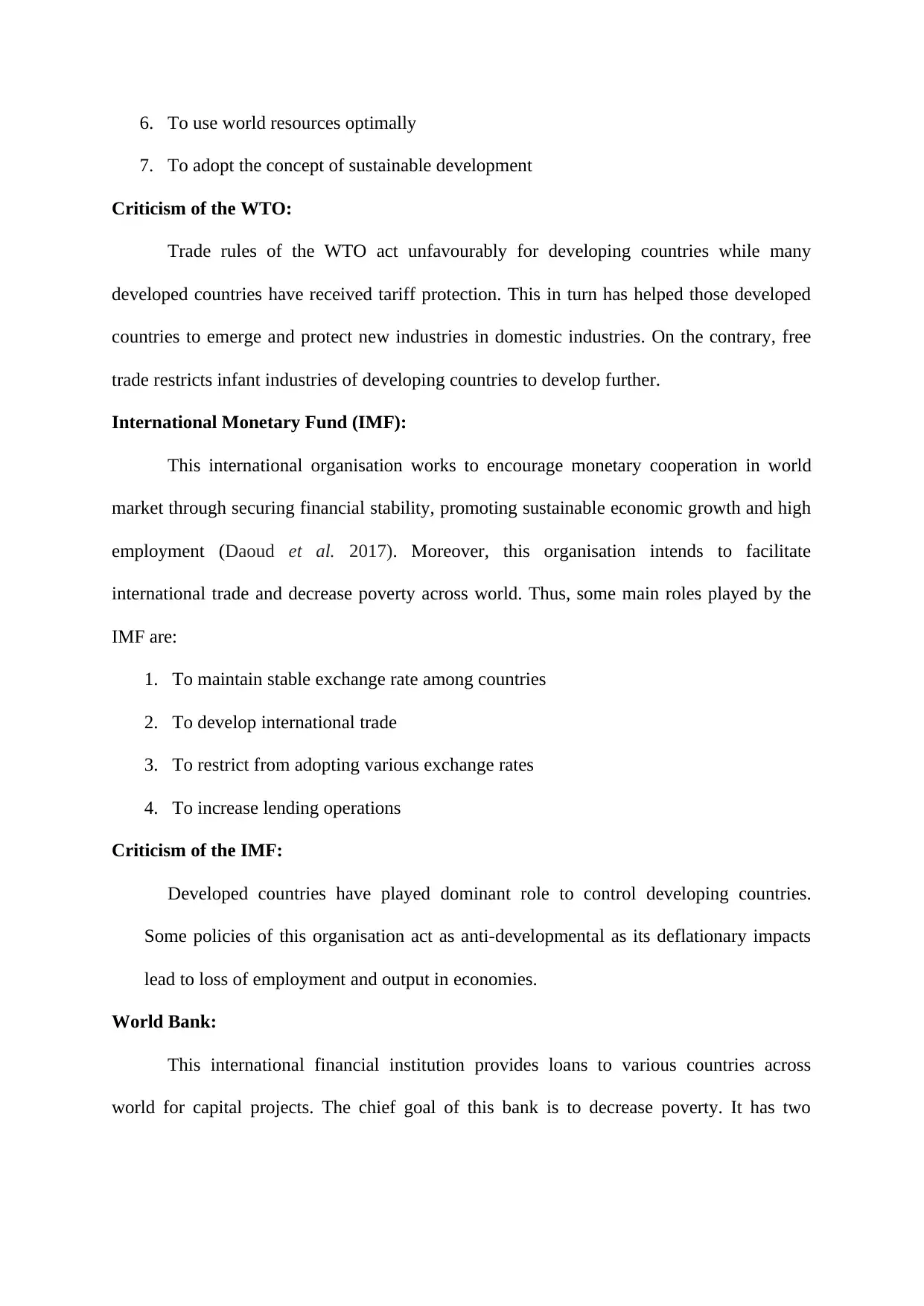

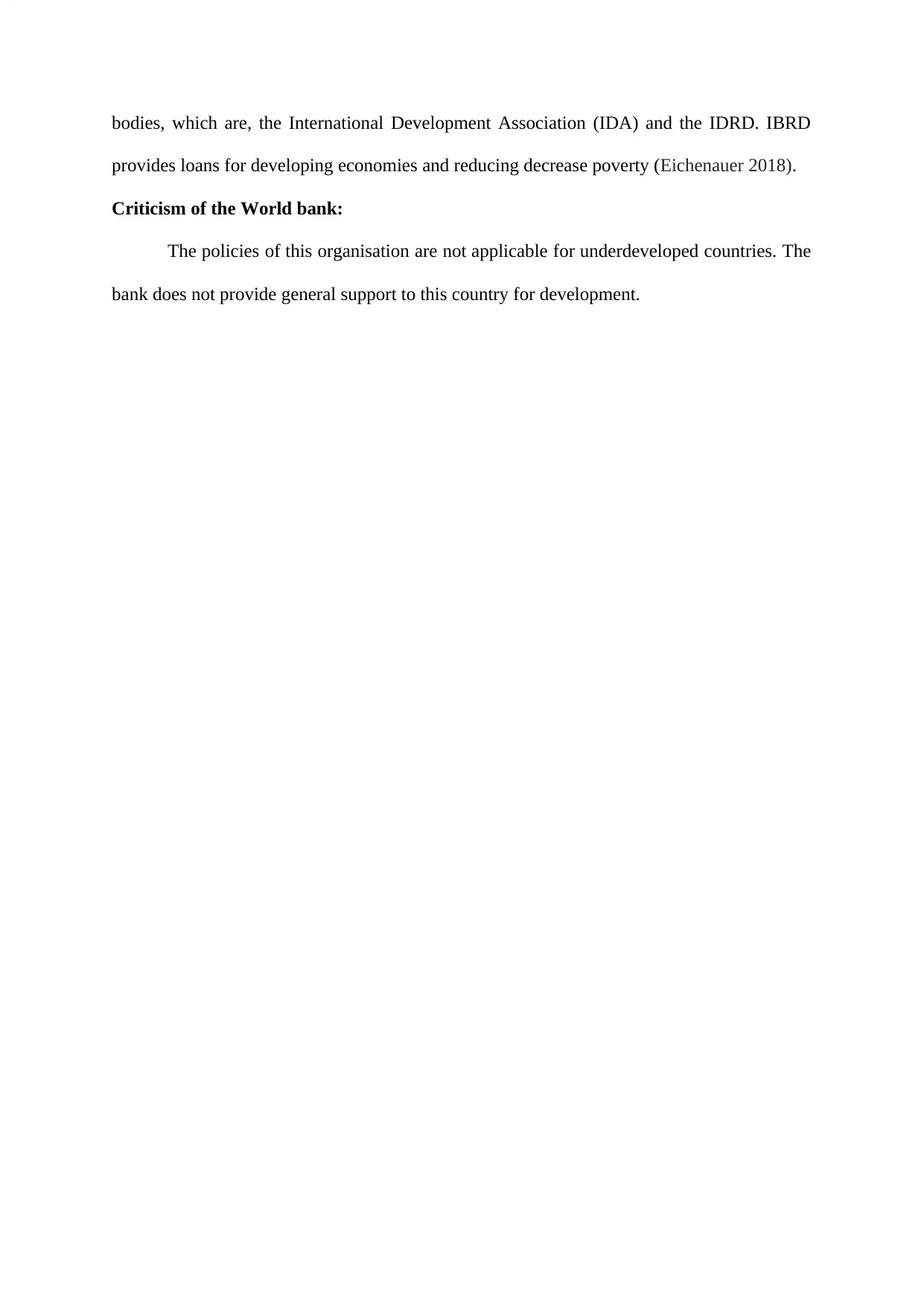
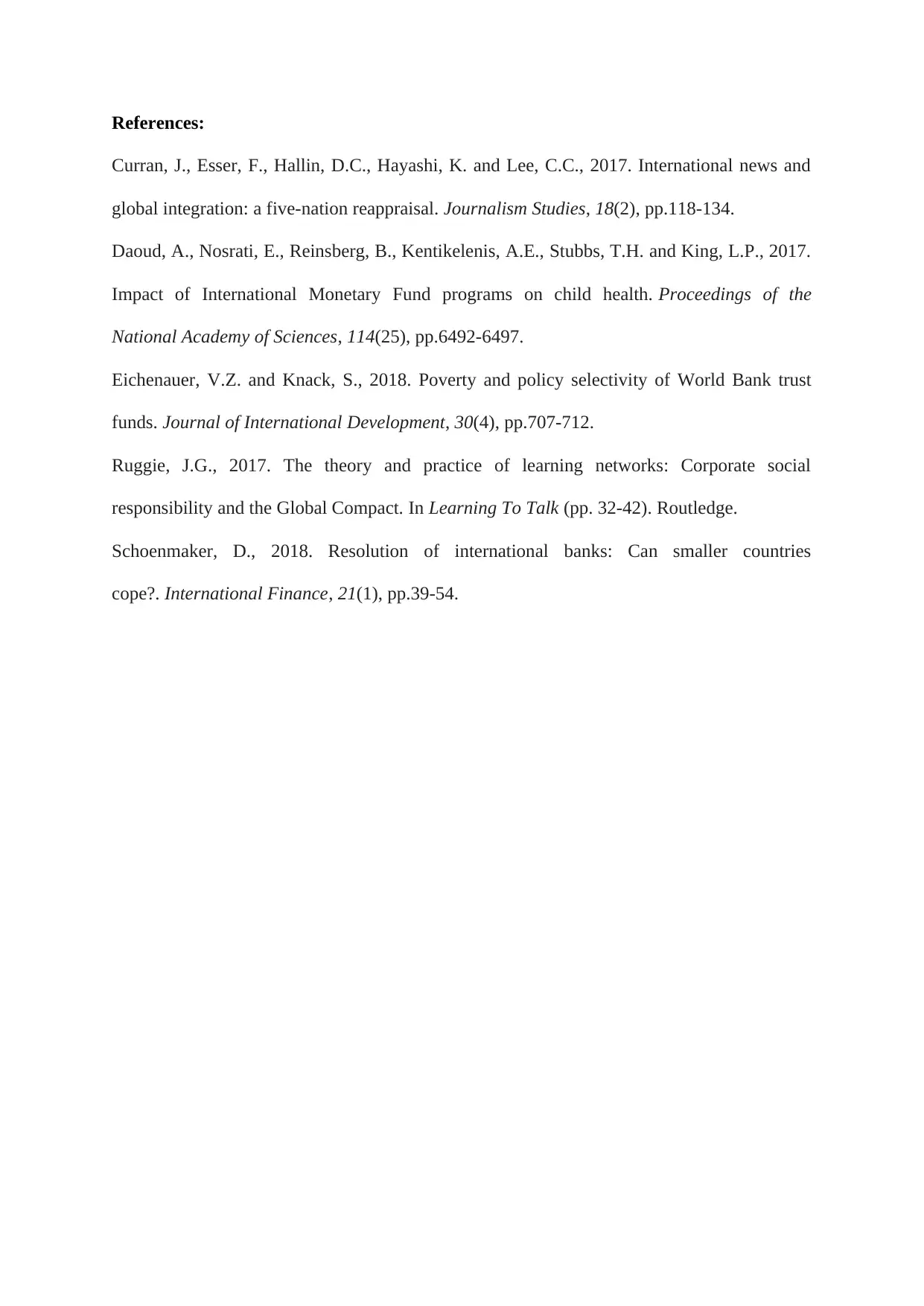






![[object Object]](/_next/static/media/star-bottom.7253800d.svg)